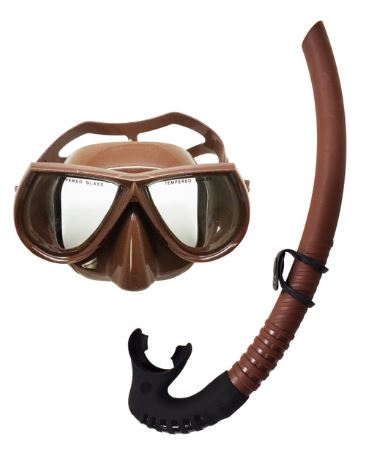29th Sep 2023
Dry Drowning: Signs, Symptoms and Treatments
Dry drowning can be a terrifying experience, and understanding its signs, symptoms, and treatment is crucial for everyone, especially parents and caregivers.
In this article, we'll delve into the world of dry drowning, shedding light on what you need to know to keep yourself and your loved ones safe.
Recognizing the Silent Threat
Dry drowning is a rare but potentially life-threatening condition that occurs after a person has been submerged in water. Unlike traditional drowning, where water enters the lungs, dry drowning happens when water irritates the vocal cords or airways. It's often referred to as "secondary" or "delayed" drowning because the effects may not be immediately apparent. So, what signs and symptoms should you watch out for?

1. Persistent Coughing
One of the most common signs of dry drowning is persistent coughing. If someone who has recently been in the water continues to cough vigorously, it may be an indication that water has entered their airway and caused irritation.
2. Difficulty in Breathing
Keep a close eye on someone who is experiencing difficulty in breathing, especially if it appears to be worsening over time. Labored or rapid breathing can be a sign of dry drowning.
3. Chest Pain
Chest pain, while not always present, can be a symptom of dry drowning. It occurs when the body's response to the irritation in the airway causes muscle spasms or inflammation.
4. Fatigue and Lethargy
Feeling excessively tired or lethargic after being in the water could be a subtle sign of dry drowning. It indicates that the body is working harder to overcome the irritation in the airway.
Immediate Action is Key
If you suspect that someone may be experiencing dry drowning, it's crucial to take immediate action:
Seek Medical Help: Contact emergency services or visit the nearest healthcare facility. Time is of the essence in treating dry drowning.
Keep the Person Calm: Anxiety and panic can exacerbate the symptoms. Reassure the person and keep them as calm as possible.
Monitor Vital Signs: Keep an eye on the person's breathing and pulse. Be prepared to perform CPR if necessary.
The Importance of Prevention
While recognizing the signs and symptoms of dry drowning is crucial, preventing it in the first place is even more important. Here are some preventative measures to consider:
Supervision: Always supervise children and inexperienced swimmers when they're in or near the water. Vigilance can save lives.
Swimming Lessons: Enroll children in age-appropriate swimming lessons to ensure they are familiar with water safety and basic swimming skills.
Life Jackets: When appropriate, ensure that individuals wear life jackets, especially in open water or during boating activities.
Know CPR: Learn cardiopulmonary resuscitation (CPR). Having this skill can be a lifesaver in emergency situations.
Stay Informed: Stay informed about the latest water safety guidelines and updates. Knowledge is power when it comes to preventing dry drowning.
In conclusion, dry drowning is a serious but rare condition that can affect anyone who has been in the water. By recognizing the signs and symptoms and taking immediate action, we can ensure that those at risk receive the necessary care.
Prevention remains the best defense against dry drowning, so let's all do our part to keep ourselves and our loved ones safe in and around the water.
